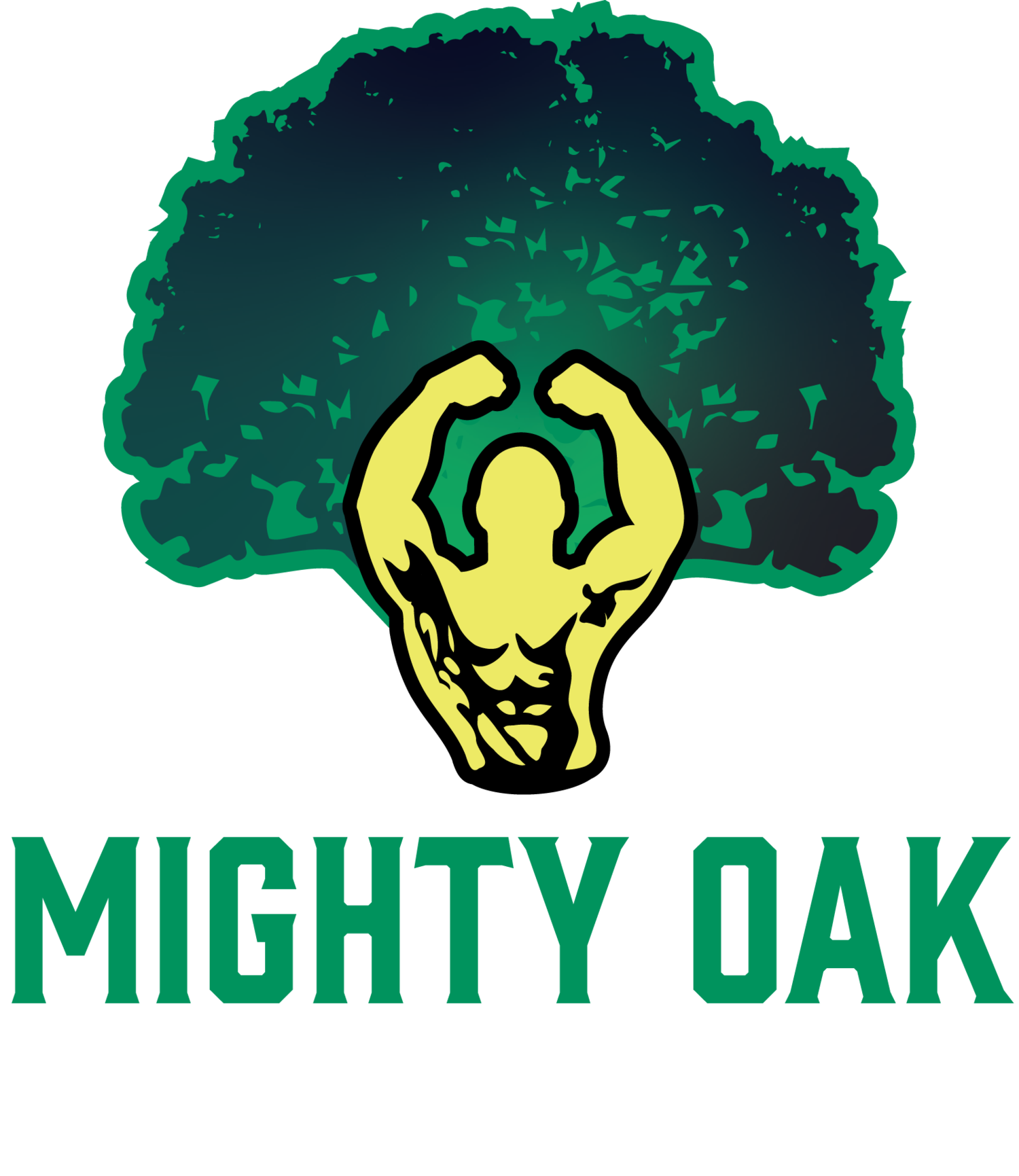The Surprising Reason Why The Matrix, The Camel, and The Limbo are Essential for Every Athlete
In the pursuit of peak athletic performance and the minimization of injury risks, innovative movements and poses have emerged as cornerstones in the conditioning programs of athletes. Among these, three movements—referred to here as The Matrix, The Camel, and The Limbo—have gained prominence for their comprehensive benefits, particularly in enhancing core and hip flexor strength, flexibility, and overall muscular balance. This essay elucidates the advantages of incorporating these movements into an athlete's regimen, underlining their significance in sports performance and injury prevention.
The Matrix: Strengthening Core and Hip Flexors
The Matrix, traditionally known as the Hero’s Pose with added forward and backward leans, is a dynamic movement that targets the core and hip flexors—a pivotal area for athletes across all sports. The forward lean emphasizes the engagement of the hip flexors and abdominal muscles, fostering improved posture and stability. Conversely, the backward lean challenges the athlete to maintain balance and control, further engaging the core and stretching the hip flexors. This dual action not only bolsters core strength but also enhances the flexibility and resilience of the hip flexors, reducing the risk of strains and injuries in these critical areas. Such strength and flexibility are paramount for explosive movements, directional changes, and maintaining balance, all of which are essential for high-level sports performance.
The Camel: Stretching Core and Hip Flexors
The Camel pose offers a profound stretch to the core and hip flexors, promoting flexibility and relieving tension in these areas. By extending the torso and opening the hip flexors, The Camel aids in counteracting the stiffness and imbalances caused by prolonged sitting or repetitive sports movements. Improved flexibility in the core and hip region not only contributes to a greater range of motion but also enhances the efficiency of movement patterns. This increase in movement efficiency can lead to better performance, as athletes are able to execute skills with greater precision and less energy expenditure. Furthermore, the flexibility gained from The Camel pose can prevent the occurrence of injuries related to overuse and muscular tightness, ensuring athletes remain competitive and resilient.
The Limbo: Quad Stretch
The Limbo, known in traditional contexts as the Reclined Hero’s Pose, is a critical movement for athletes seeking to stretch and alleviate tension in their quadriceps. As one of the major muscle groups involved in running, jumping, and squatting, the quadriceps are susceptible to tightness and fatigue. The Limbo provides a deep stretch, improving the flexibility and elasticity of the quadriceps muscles. This flexibility is crucial for maintaining optimal muscle function and joint health, particularly in the knees. By incorporating The Limbo into their routine, athletes can enhance their leg power and endurance, while simultaneously reducing the risk of muscle strains and joint issues.
The integration of The Matrix, The Camel, and The Limbo into an athlete’s training program offers a holistic approach to enhancing sports performance and preventing injuries. By focusing on the strength and flexibility of the core, hip flexors, and quadriceps, these movements prepare the body to withstand the demands of competitive sports. Athletes who dedicate time to these practices can expect improvements in stability, efficiency of movement, and muscular balance, all of which are critical for achieving and sustaining peak performance. Moreover, the preventive aspect of these exercises ensures that athletes can enjoy longer, more productive careers by mitigating the risk of common injuries. In essence, The Matrix, The Camel, and The Limbo are not just exercises; they are foundational elements of a training philosophy that champions durability, flexibility, and excellence in the athletic realm.
